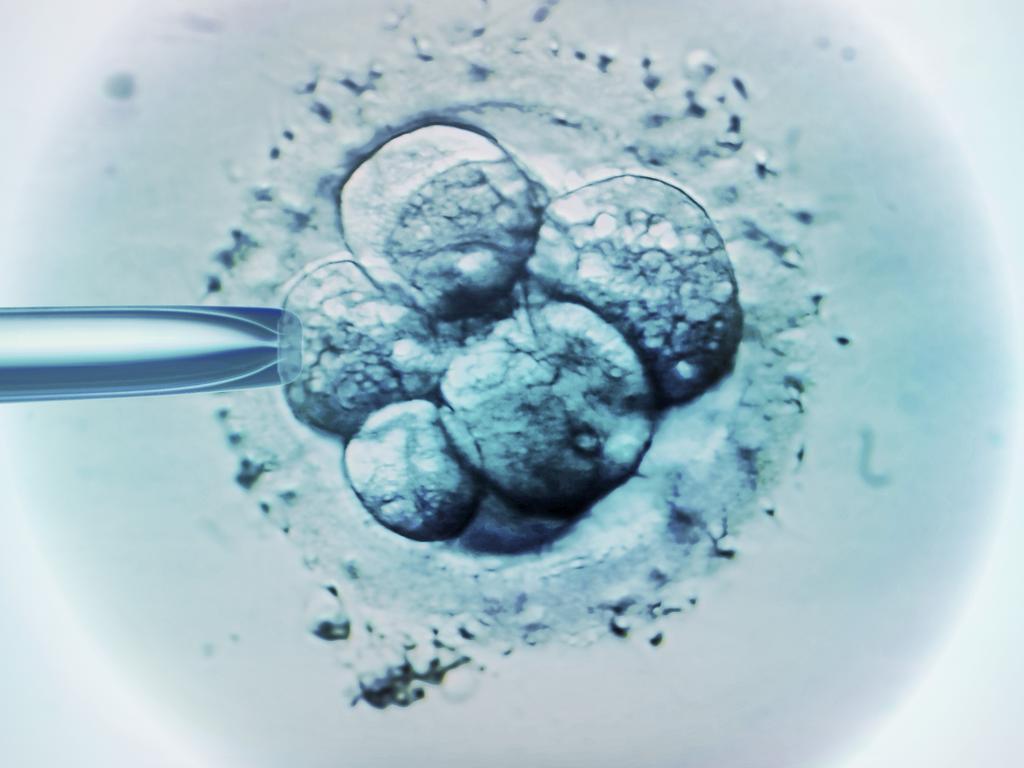Australian inventor pioneers AI breastfeeding tracker
Fae Marzbanrad used her expertise as an engineer to address a challenge of motherhood she was never warned about – and found a way to keep babies on breastmilk in the process.

Like all new mothers, Fae Marzbanrad had it drilled into her that breastfeeding was the best way to give her daughter Ava a healthy start – but there was no one to tell her it might not be easy.
“I thought that breastfeeding would be so naturally easy. That’s what everyone does,” Dr Marzbanrad said. “I went to the hospital without any formula, I was so determined that I was going to breastfeed.”
But when Ava would not latch, and started to lose weight, Dr Marzbanrad found herself without a clear path forward or a way to tell if her daughter was getting the milk she needed. She abandoned exclusive breastfeeding after two weeks.
“I was not sure at all how much milk she was getting, and she was not quite settled. She was obviously upset, but I couldn’t tell whether she was hungry or something else,” she said.
“But I realised that by just looking at her while breastfeeding that I could use my engineering knowledge to (make) a set of sensors.”

Six years later, Dr Marzbanrad, who has a PhD in electrical and electronic engineering, had prototyped and tested a wearable AI-powered scanner to track the breast milk intake of babies, an invention she hoped would protect other parents from the uncertainty she faced and break down the leading cause of discontinued breastfeeding.
“The beauty of engineering is sometimes we try to mimic what we perceive as humans,” Dr Marzbanrad said. “We don’t have enough engineers who are also mothers, who experience this, have the insight and know that there could be a solution. So I thought maybe I have a responsibility here as a female engineer who is also breastfeeding.
“Lived experience also helped me with my pregnancy monitoring. My insight was so much better after experiencing pregnancy.”
“I thought that breastfeeding would be so naturally easy. That’s what everyone does.”
The device, called an Infafeed monitor, uses a microphone placed on the baby’s neck built with sound editing tools that can determine how much breastmilk an infant is ingesting based on the sound of their swallowing.
“I could see that it was possible even in the early days just by watching and observing the breastfeeding process,” Dr Marzbanrad said. “I could hear swallows, and I could tell if it was a big swallow or a small swallow by the sound.
“With AI, you can give low-cost sensors an opportunity to do very well … We can have a very noisy recording, but then it can get rid of all the noise and extract the information that we want.”
A pilot study of 24 newborns showed the device could track feeding accurately.

Research published in the journal Maternal & Child Nutrition shows 50 per cent of mothers who prematurely ceased breastfeeding did so out of concern for perceived underfeeding. The Australian National Infant Feeding Survey found that from 96 per cent of mothers who begin exclusively breastfeeding, only 39 per cent of babies were still exclusively breastfed by three months old.
“The Infafeed monitor provides a non-invasive objective tool for assessing neonatal milk intake, with the potential to reduce unnecessary supplementation, enable early identification of feeding problems, and support breastfeeding continuation,” Dr Marzbanrad said.
“I clearly saw the need myself and then I started building the device. It took us a couple of years because of a lack of resources and different prototyping.
“We are now developing our final prototype, and are interested in working with investors and potentially licensing it so that it will be commercialised pretty soon … we have improved it into a much more user-friendly (device).”
Neonatologist Atul Malhotra believed the device could have clinical applications.
“The technology could be particularly beneficial for preterm or low birth weight babies when they transition from gastric tube feeding to breast or bottle feeding, helping them gain weight more effectively while providing parents with accurate data and peace of mind,” he said.
Monash University is working with its affiliates in Indonesia and Malaysia to share the technology in countries where infant growth concerns are more acute.




To join the conversation, please log in. Don't have an account? Register
Join the conversation, you are commenting as Logout